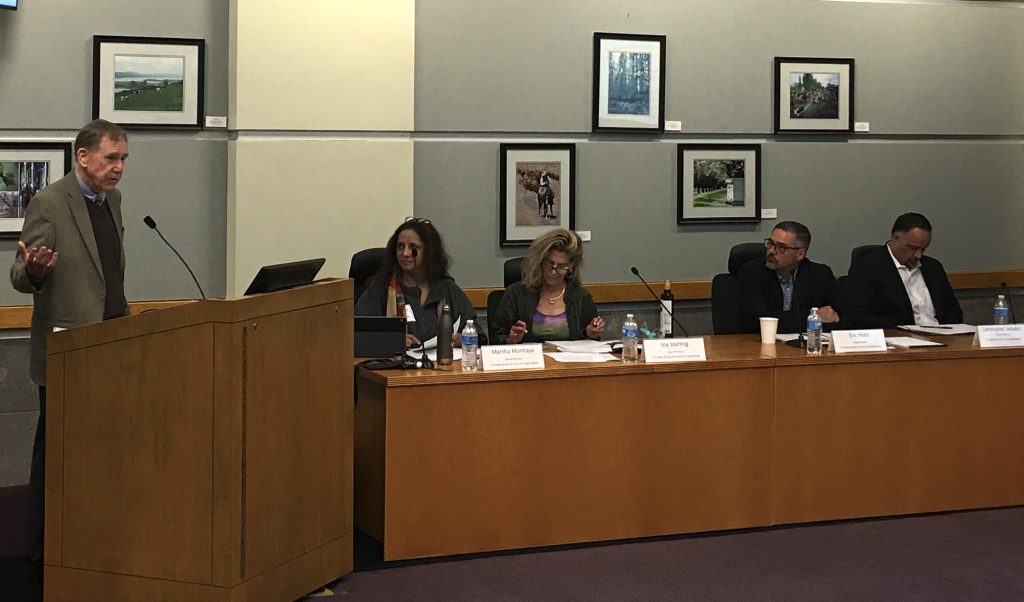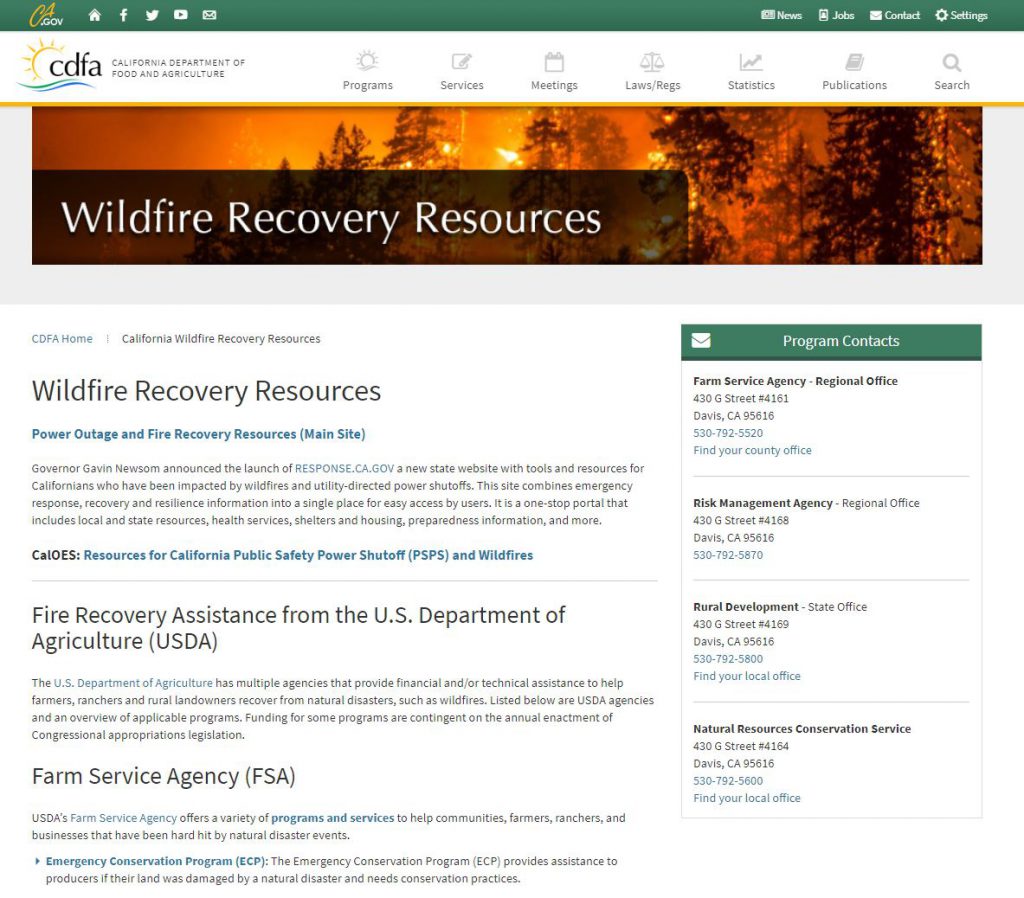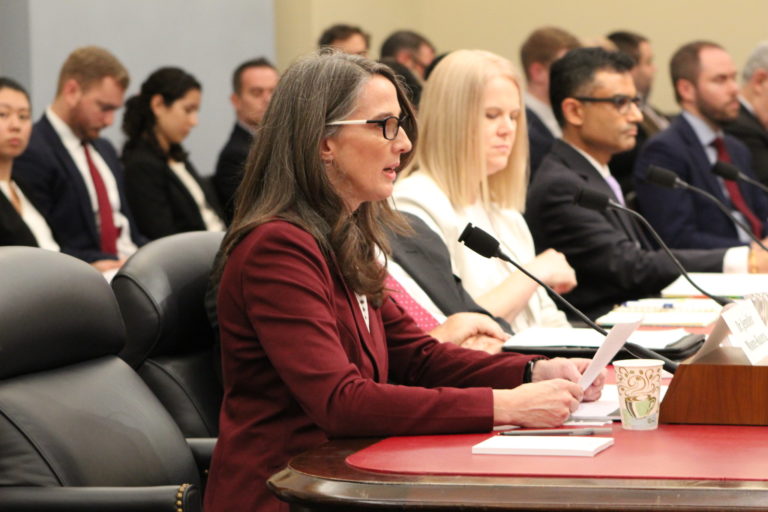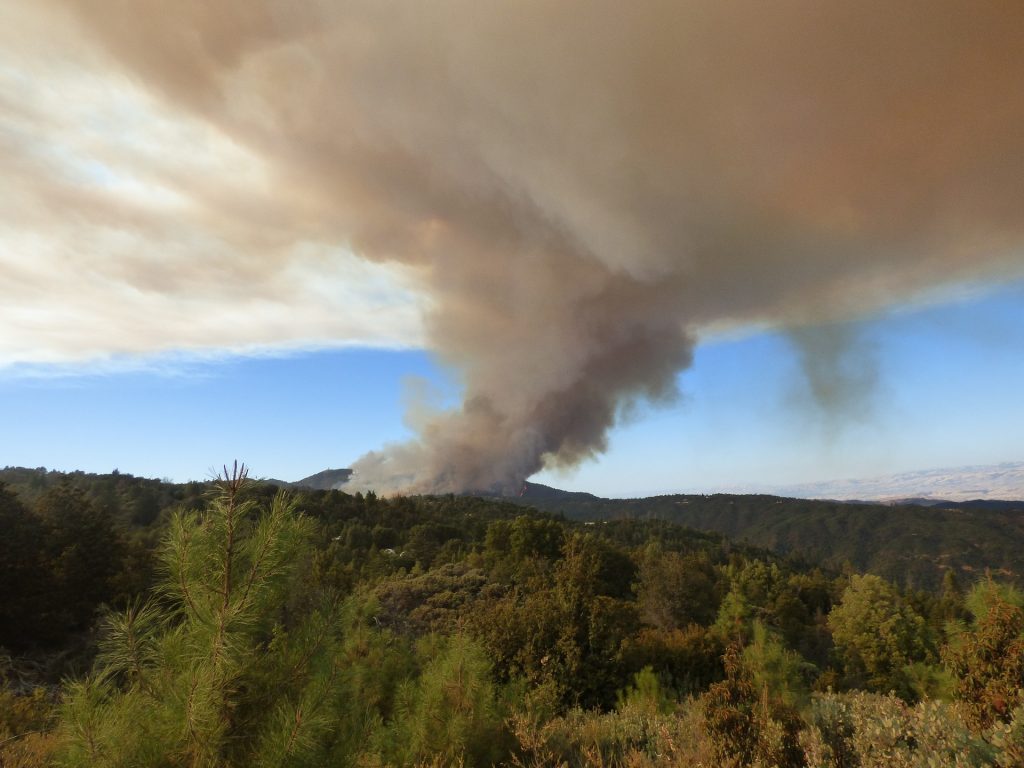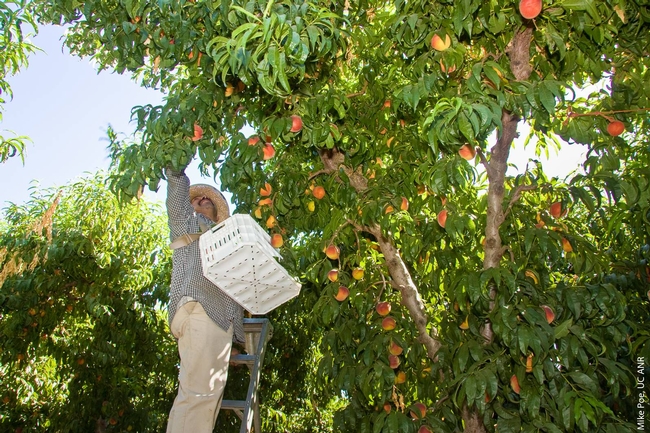
By Pamela Kan-Rice, UC ANR
California’s working landscape and the industries associated with agriculture and natural resources contribute significantly to the state’s economy, according to a new study by the California Community Colleges Centers of Excellence for Labor Market Research, California Economic Summit and the University of California’s Division of Agriculture and Natural Resources.
“When people think of California’s economy, they think of entertainment, information technology and other industries. They may not think of working landscape,” said Glenda Humiston, University of California vice president, agriculture and natural resources. “People may be surprised to learn that California’s working landscape accounts for 6.4% of the state’s economy, supports more than 1.5 million jobs and generates $333 billion in sales.”
Results of “California’s Working Landscape: A Key Contributor to the State’s Economic Vitality” were announced by Humiston and Karen Ross, California Department of Food and Agriculture secretary, during the Ecosystem Vitality and Working Landscapes session at the California Economic Summit at the DoubleTree by Hilton Fresno Convention Center in Fresno.
To measure the economic impact of the working landscape, researchers from the Centers of Excellence, California Economic Summit and UC Agriculture and Natural Resources analyzed federal data associated with employment, earnings and sales income of the nine segments that are essential to the working landscape: agricultural distribution, agricultural production, agricultural processing, agricultural support, fishing, forestry, mining, outdoor recreation and renewable energy.
Their analysis of 2018 data from the North American Industry Classification System showed the value of the working landscape in California comes in ahead of the health care, real estate, retail and construction industries. The top five economic drivers were government (21.9%), manufacturing (10.2%), information (9.3%), professional, scientific and technical services (7.5%), and finance and insurance (6.4%).
The researchers found the nearly 70,000 businesses associated with the working landscape paid $85 billion to workers in 2018 and generated $333 billion in sales income. In terms of job numbers, earnings, sales income and number of establishments, four segments dominate: agricultural distribution, agricultural production, agricultural processing and agricultural support.
Agricultural production provides the greatest number of jobs, more than 325,000, and generates the second highest sales income, $61 billion in 2018. Although agriculture accounts for 79% of working landscape sales income, it is important to note that other working landscape segments are still sizeable when compared to the rest of the nation.
In addition to evaluating the contribution of the industries to the state’s economy, the researchers measured the importance and impact of the nine working landscape segments by region. For example, some segments, although relatively small in terms of employment or sales income, are cornerstones of local economies and play a critical role in the livelihoods of communities.
The Los Angeles/Orange County region, the San Francisco Bay Area, and San Joaquin Valley have the greatest concentration of jobs for agricultural distribution, agricultural processing, agricultural support, mining and renewable energy. The San Joaquin Valley leads in agricultural production, followed by the Central Coast. Los Angeles/Orange County has the most forestry, fishing and outdoor recreation jobs.
This report does not include economic values for ecosystem services provided by California’s working landscape such as clean water, nutritious food and a livable climate, or intangible goods that contribute to human well-being, such as recreation, aesthetic inspiration and cultural
To read the report “California’s Working Landscape: A Key Contributor to the State’s Economic Vitality,” visit http://ucanr.edu/WorkingLandscape. A one-page executive summary is available at http://bit.ly/2WTA7Vz.
Quote from Secretary Ross: “It is gratifying to see such a comprehensive study – the first report we know of that quantifies the full economic contribution of California’s working lands. It’s much more than just agricultural production – it’s the full range of products, services and jobs, and it all starts with dedicated stewardship of lands that sustain us.”







